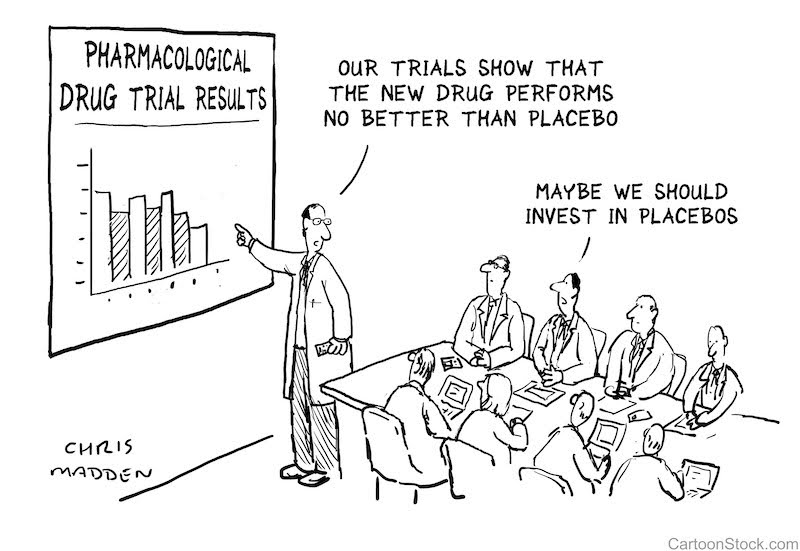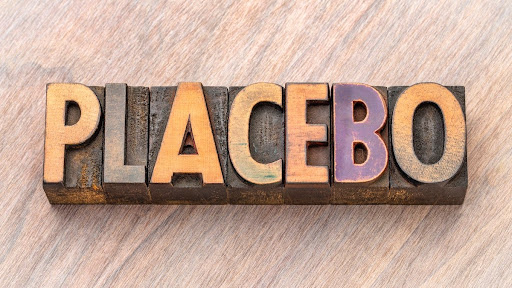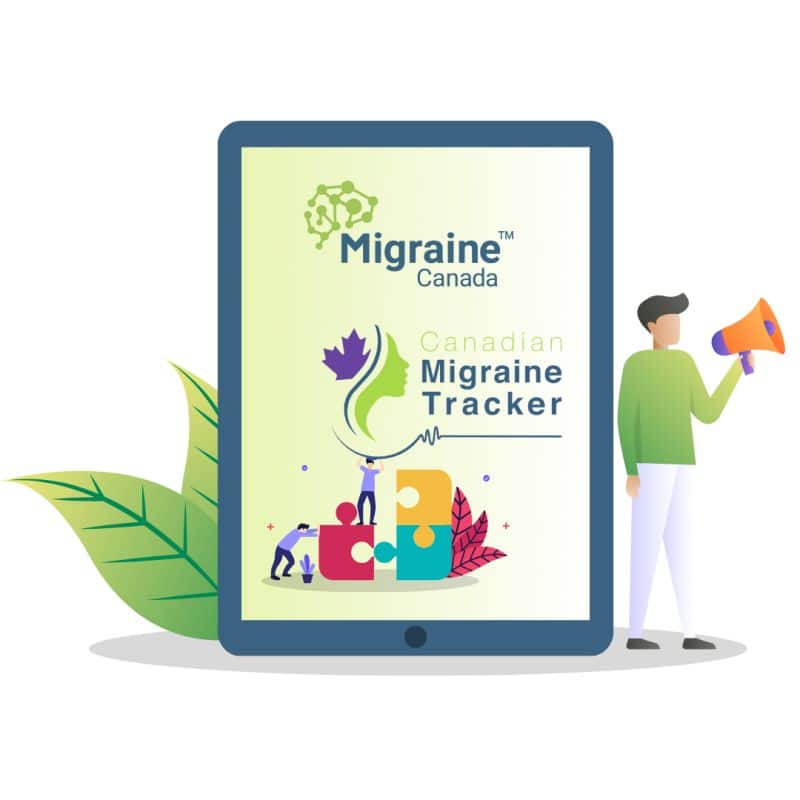In this article, we explore the placebo and nocebo effects. Understanding these responses is crucial for improving treatment approaches and fostering effective communication between patients and healthcare providers. By delving into the mechanisms and influences of the placebo effect, we can enhance patient outcomes and refine therapeutic strategies.
What is a placebo response?
A placebo response is the improvement in symptoms after a treatment with no therapeutic value, like a sugar pill or sham injection.
Why would migraine improve with a placebo?
- Biological placebo: The brain can induce pain relief through natural pain control pathways using opioid signalling and endorphins.
- Natural fluctuations: Migraine frequency naturally fluctuates, and improvements may coincide with treatment. For example, people might be motivated to try something at the peak of a bad phase. Their condition was going to improve, but the improvement is then linked to the treatment.
- Study confounders: Participation in studies can lead to positive behaviour changes. Participants may be reassured by the caring research team and frequent visits. This can positively influence migraine, but also confuse the study results.
Boosting the placebo response
- High expectations: Empathetic healthcare providers, impressive treatments (eg. coloured pill, complicated device, or invasive needling), and strong personal beliefs can enhance the placebo response.
- Demographics: Children and individuals with certain genetic factors may have stronger placebo responses.
Challenges in studying certain treatments
- There are no perfect placebos for diets, body manipulations, or exercise programs. It’s very difficult to do a placebo massage. Placebo needling is feasible, for example sham acupuncture.
- The placebos for injections are still active, meaning that just the needling could produce a result.
- Behavioural treatments adherence: Maintaining consistent behaviours is challenging, and often more difficult than taking a pill. Dropout rates in behavioural studies are often high.
- Funding issues: Non-profit-driven treatments, like cognitive behavioural therapy, often lack funding for extensive studies.
What is the nocebo response?
The nocebo response is a negative reaction to a placebo, where individuals experience side effects like fatigue, weight changes, or headaches due to negative perceptions and social learning.
Why care about placebos?
- Ethical considerations: Physicians tend to consider the placebo effect as ineffective because they have a professional obligation to recommend treatments that are scientifically proven.
- Financial exploitation: Placebos can still be used for undue financial gain. Is it acceptable to pay for sugar pills based on a pseudoscientific concept? Should sugar pills be sold as legitimate treatments? An example is homeopathy in France. Socially it was accepted and physician prescribed. In July 2019, with the World Health Organization having designated homeopathy as placebo medicine, it will no longer be reimbursed as a legitimate medical treatment. For more information on navigating migraine treatments, see this post.

Communication between patients and healthcare providers should be open, with awareness of all treatment options and their pros and cons.
Understanding placebo and nocebo responses can improve treatment approaches and patient outcomes.
REFERENCES
- Meissner K, Fassler M, Rucker G, Kleijnen J, Hrobjartsson A, Schneider A, et al. Differential effectiveness of placebo treatments: a systematic review of migraine prophylaxis. JAMA Intern Med. 2013;173(21):1941-51.
- Marchant J. Placebos: Honest fakery. Nature. 2016;535(7611):S14-5.
- Horing B, Weimer K, Muth ER, Enck P. Prediction of placebo responses: a systematic review of the literature. Front Psychol. 2014;5:1079.
- Faasse K, Petrie KJ. The nocebo effect: patient expectations and medication side effects. Postgrad Med J. 2013;89(1055):540-6.
- Benedetti F. Placebo and the new physiology of the doctor-patient relationship. Physiol Rev. 2013;93(3):1207-46.
Post #010



